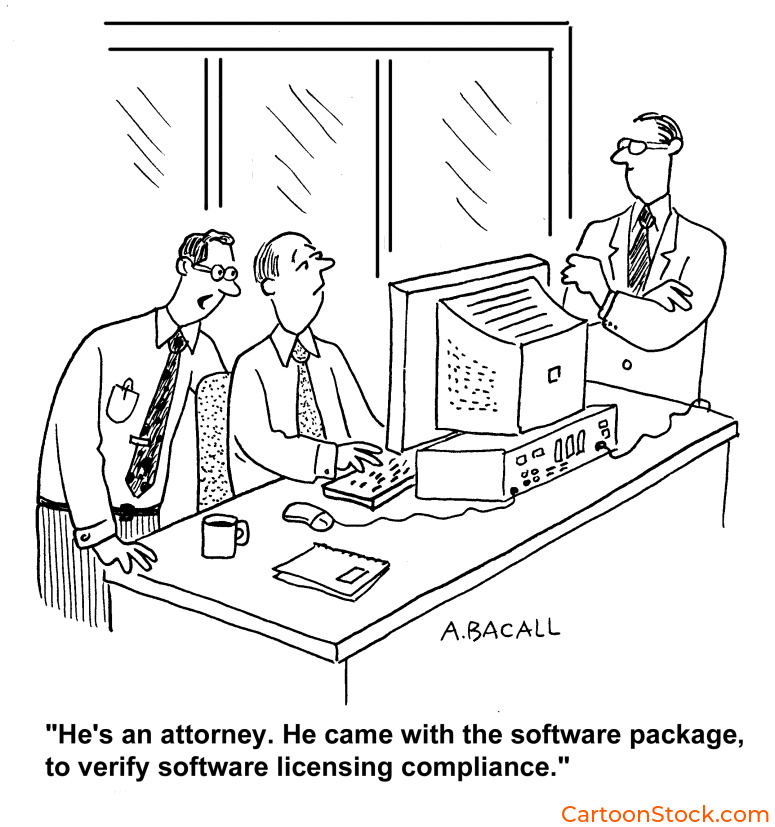Tech companies are constantly looking for ways to stand out, whether in a pitch deck, a blog post, or a social media campaign. Cartoons are a powerful way to add personality and humor to technical content, but many teams don’t realize that using them comes with legal responsibilities. In this article, we’ll break down what cartoon licensing means, why it matters for tech companies, and how to use cartoons safely and effectively.
Read the full guide: Using Cartoons in Tech: How to Simplify, Humanize, and Supercharge Your Content
What Is Cartoon Licensing (and Why Should Tech Companies Care)?
When you see a cartoon online, it doesn’t mean you can freely reuse it. Cartoons, like photos, videos, and other creative works, are protected by copyright. Cartoon licensing is the legal process of obtaining permission from the copyright holder to use the cartoon for specific purposes, such as:
- Company newsletters
- Internal training materials
- Blog posts or white papers
- Tech presentations and slide decks
- Social media posts or ads
Using a cartoon without permission, whether from a well-known source or an obscure one, can lead to legal consequences, including takedown notices, fines, or brand damage. Tech companies are particularly vulnerable, as they often operate in high-visibility, high-regulation industries where IP compliance is critical.
Common Cartoon Licensing in Tech Companies Use Cases (and How to Do Them Legally)
Here are a few places tech companies regularly use cartoons—and what to consider:
1. Presentations and Webinars
Cartoons can break the ice, simplify a concept, or keep virtual audiences engaged. Just make sure the cartoon is licensed for commercial or internal presentation use.
2. Tech Blogs and Thought Leadership
Illustrating a blog post with a witty cartoon adds personality and visual clarity. If you license a cartoon, check whether it allows for digital use or requires attribution.
3. Developer Docs and Onboarding Guides
Some teams use cartoons to make developer documentation more readable or to explain complex workflows. This falls under educational or internal use, but licensing still applies.
4. Social Media Content
A funny cartoon can double your engagement rate. But this is one of the riskiest areas to use unlicensed content. Always double-check license terms for public-facing use.
How to License Cartoons the Smart Way
Cartoon licensing doesn’t have to be complicated. Here’s what to look for:
- Reputable sources – Use platforms like CartoonStock where rights are clearly defined.
- License type – Choose a license that matches your use case: internal training, blog post, or social media.
- Search filters – Look for tools that let you filter cartoons by usage rights, topic, and tone.
If you use cartoons regularly, consider a license pack or subscription that keeps cost low and ensures compliance across teams.
Q&A: Cartoon Licensing for Tech Companies
Q: Can I use a cartoon in a team Slack channel or internal email?
A: If it’s internal-only, you’re at less risk—but a license is still technically required. Better safe than sorry.
Q: What about AI-generated cartoons? Do those need licensing?
A: Possibly. It depends on the source and tool used. AI art may still contain copyrighted elements or be trained on protected content.
Q: Can I edit a licensed cartoon to fit our brand style?
A: Most cartoon licenses don’t allow editing without permission. Always check the terms or ask the provider.


